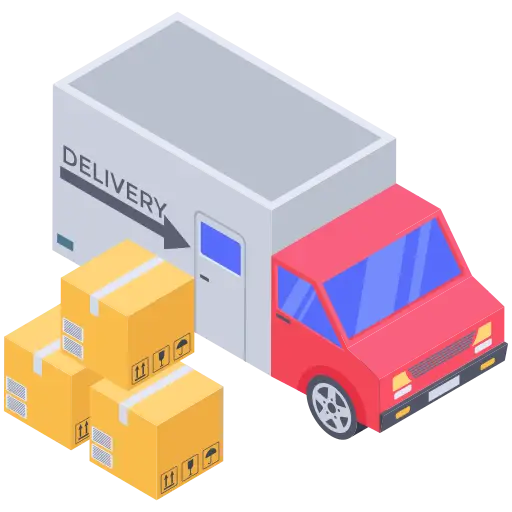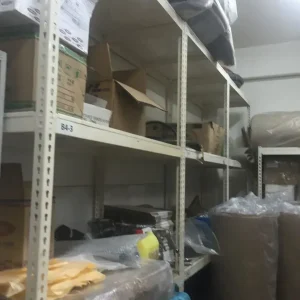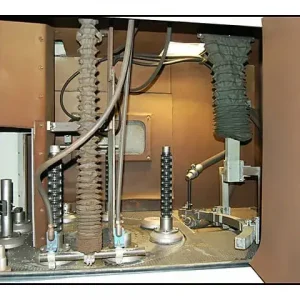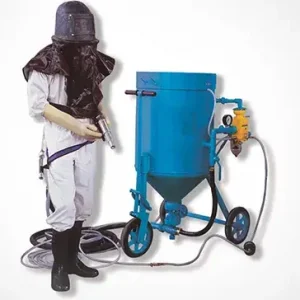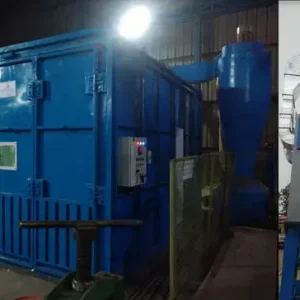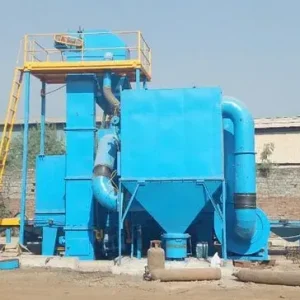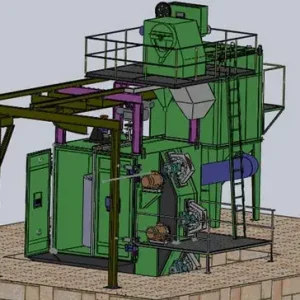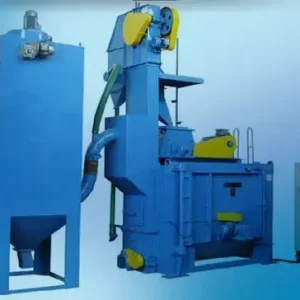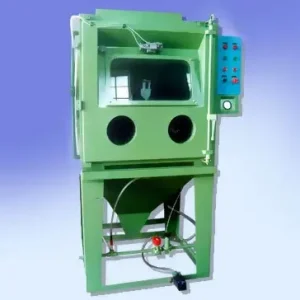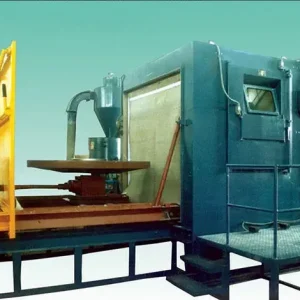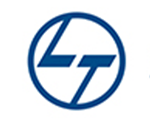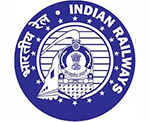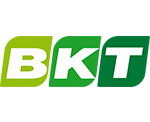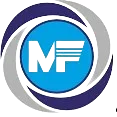By AeroWheel Surface Finishing
When it comes to shot blasting, the machine is only half the equation. The other half—and just as important—is the abrasive media used in the process.
Choosing the right abrasive can significantly impact your:
- Surface finish quality
- Cycle time
- Equipment wear-and-tear
- Overall production cost
In this blog, we’ll take a closer look at the different types of abrasives used in shot blasting machines, their characteristics, and how to select the right one based on your material and application.
What Is Abrasive Media in Shot Blasting?
Abrasive media (also known as shot or grit) is the material propelled at high speed by blast wheels inside the machine. The media hits the surface of the component, removing:
- Rust
- Scale
- Paint
- Heat treatment residues
- Surface contaminants
Depending on the abrasive used, shot blasting can also be used for:
- Surface preparation before painting or coating
- Peening to improve fatigue strength
- Texturing or cleaning cast parts
Types of Abrasives Used in Shot Blasting Machines
1. Steel Shots
Shape: Spherical
Material: High-carbon steel
Use Case: Cleaning, descaling, shot peening
Finish: Smooth and polished
Steel shots are among the most widely used abrasives in automatic shot blasting machines. Their spherical shape is ideal for peening and polishing applications. They are long-lasting and recyclable—making them a cost-effective choice for high-volume operations.
2. Steel Grit
Shape: Angular
Material: Crushed steel shot
Use Case: Rust and paint removal, aggressive surface cleaning
Finish: Matte or rough
Steel grit is more aggressive than steel shot. Its sharp edges make it suitable for heavy-duty tasks like removing tough corrosion, mill scale, or paint coatings. It provides excellent surface profiles for coating adhesion.
3. Cut Wire Shots
Shape: Cylindrical or conditioned round
Material: Carbon steel, stainless steel, aluminum, or zinc
Use Case: Shot peening, aerospace and automotive applications
Finish: Controlled and consistent
Cut wire shots are precision-cut from wires and offer very consistent hardness and size, making them perfect for critical applications like aerospace or auto parts. Stainless cut wire is used when ferrous contamination must be avoided.
4. Aluminum Oxide (Alumina)
Shape: Angular
Material: Fused aluminum oxide
Use Case: Non-ferrous materials, surface texturing, micro-deburring
Finish: Fine to medium roughness
Why Shot Blasting Is Crucial Before Powder Coating
Why Jodhpur is Emerging as a Hub for Shot Blasting Machine Manufacturing
Certifications You Must Check Before Buying from Sand Blasting Manufacturers
Though not commonly used in wheel-based shot blasting machines, aluminum oxide is used in air-blast cabinets or custom systems. It’s best suited for non-ferrous metals, glass, and delicate components where high precision is needed.
5. Chilled Iron Grit
Shape: Angular
Material: Brittle cast iron
Use Case: Fast cleaning, rough surface preparation
Finish: Rough
Chilled iron grit is a low-cost abrasive known for fast cleaning speeds, especially in foundry work. However, it wears out faster and can cause more wear on the machine, making it suitable only for specific high-throughput, short-term applications.
6. Glass Beads (for air-blast systems)
Shape: Spherical
Material: Soda-lime glass
Use Case: Cosmetic finishing, delicate cleaning, deburring
Finish: Smooth and satin-like
Though not used in high-volume industrial shot blasting machines, glass beads are popular in manual or air-blast systems for polishing aluminum, stainless steel, and plastic molds.
How to Choose the Right Abrasive
When selecting abrasive media for your shot blasting machine, consider the following factors:
| Factor | What to Consider |
|---|---|
| Material of the Workpiece | Steel, aluminum, cast iron, non-metallic surfaces |
| Type of Surface Finish | Polished, matte, rough, textured |
| Blasting Application | Cleaning, peening, profiling, descaling |
| Machine Compatibility | Wheel-based or air-based machine |
| Recyclability & Cost | Durability, breakdown rate, long-term cost |
| Environmental & Safety Needs | Dust generation, containment, operator safety |
At AeroWheel Surface Finishing, we help our clients not just with machine selection—but also in choosing the right abrasive media for their application. We also supply original abrasives and offer guidance on media recycling systems, dust management, and machine tuning.
Conclusion
A high-quality shot blasting machine performs best when paired with the correct abrasive media. From steel shots for smooth finishes to steel grit for aggressive cleaning, the right choice ensures faster production, longer machine life, and better surface outcomes.
If you’re unsure which abrasive is best for your needs, our team at AeroWheel Surface Finishing is ready to help you evaluate and supply the right media for maximum performance.

